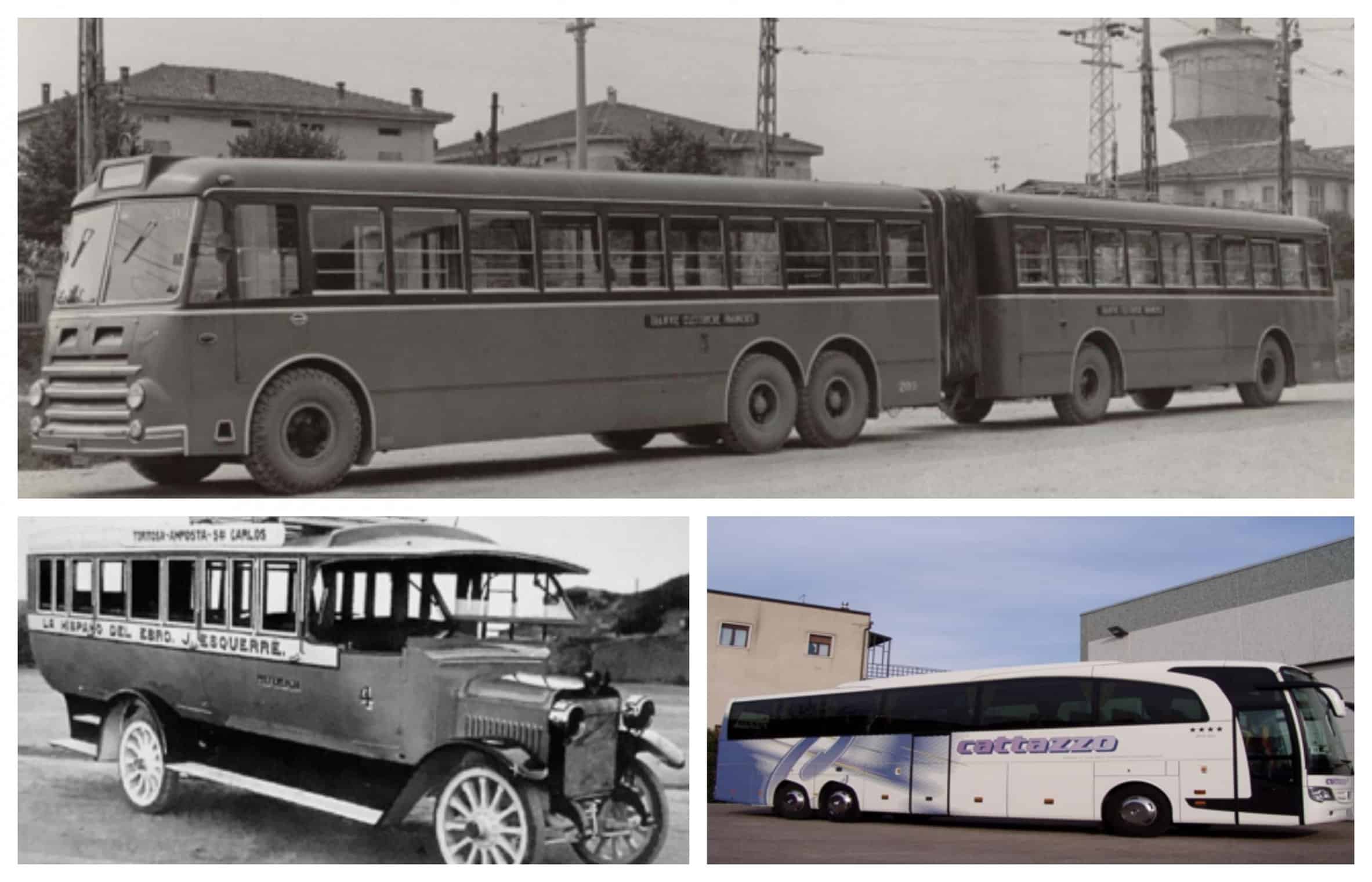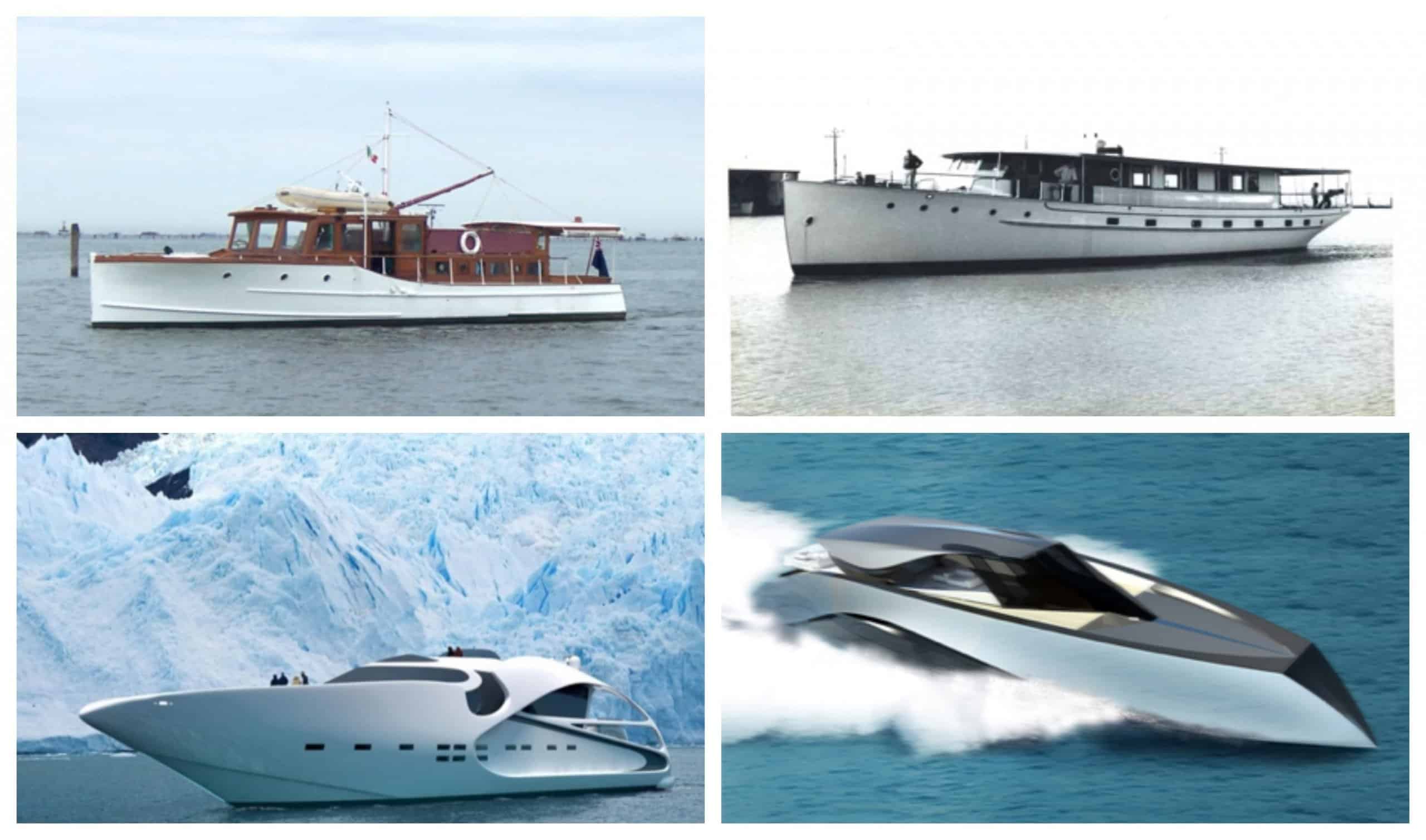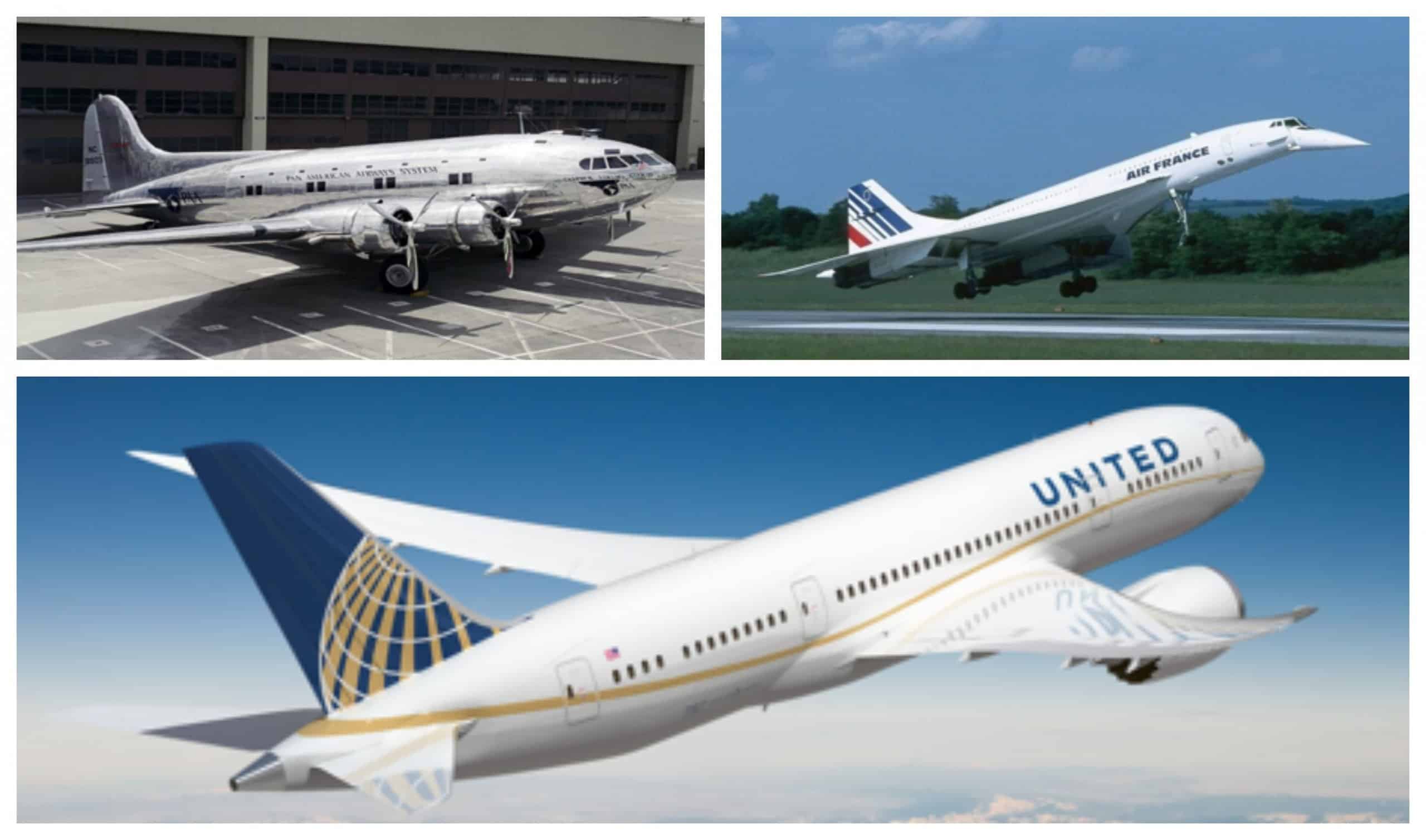7 aerodynamic design you didn’t know about
The evolution of aerodynamic design in trasportation systems
Aerodynamic concept in trasportation systems: the pursuit of saving consumption.
The history of means of transport, whether aerial or land-based, has always shown that the discovery or application of an idea is immediately followed by a rapid evolution of trasportation systems that leads to subsequent developments and conceptions. From that moment, new studies, aimed at mechanical refinement, followed, often linked to the innovation of materials and construction techniques. At that point, the evolution becomes slow and progressive.
From technical to aestetism evolution.
In the 1950s, with industrial growth and technological progress, important studies were undertaken in the design of objects and in particular of means of transport. The project no longer focuses only on the technical-mechanical aspect, but looks forward to the shape and aesthetic concepts. Thanks to aeronautical research applied to Formula 1 cars, there is a strong awareness that aerodynamics is a fundamental component of the project itself, the importance of which increases with the increase in speeds achieved. In fact, for several years, in the context of the programming of any vehicle that has to interact with air, land or water, aerodynamics has been one of the main elements of study, as it is capable of influencing fuel consumption, performance and noise and its stability at high speeds.
1. Aerodynamic design: the bike evolution.
2. Aerodynamic design: the car concept.
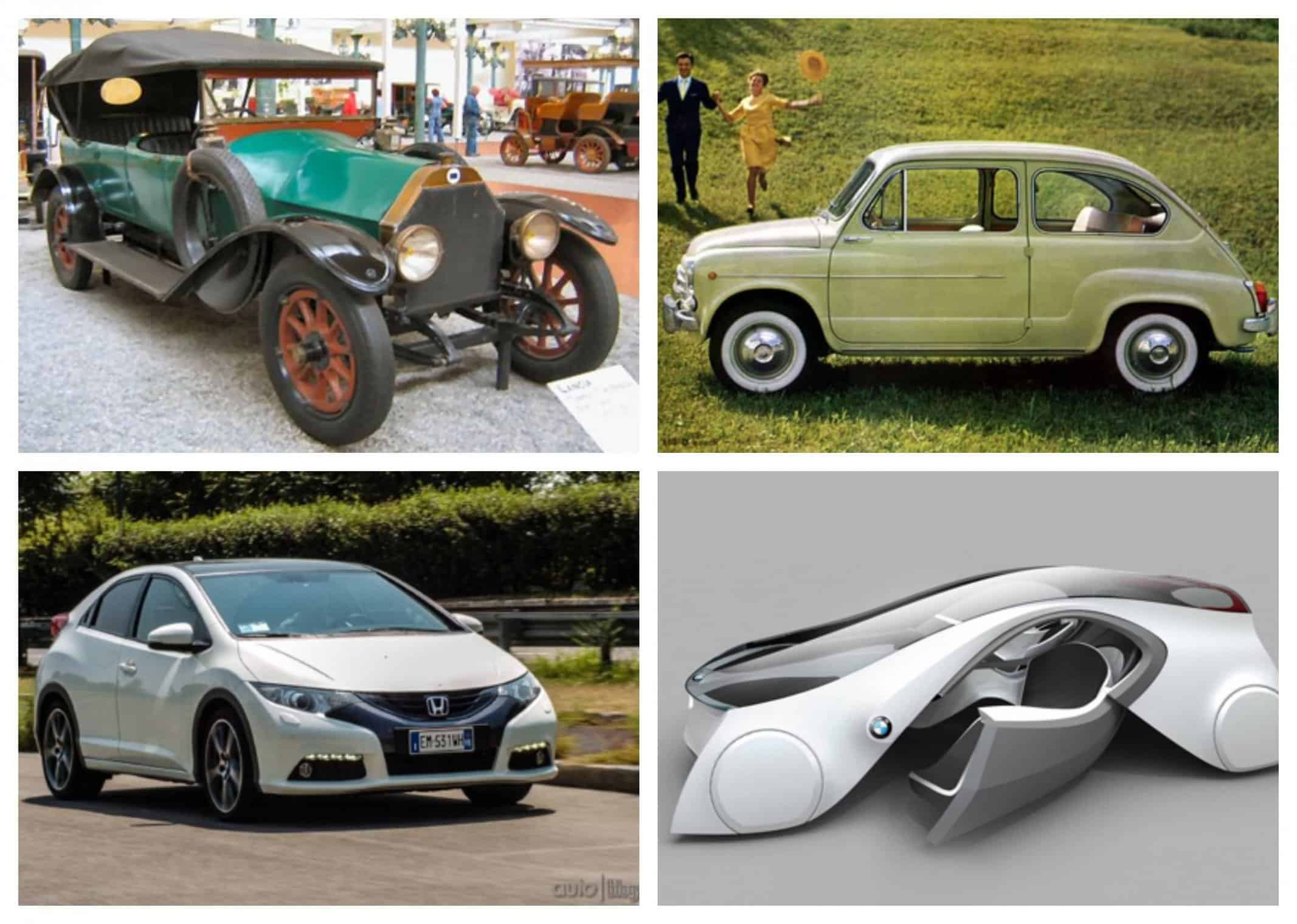
TOP: The Lancia Epsilon from 1912 and the Fiat 600 from the late 1950s. BOTTOM: A current Honda Civic and a BMW prototype seen at the recent Geneva motor show.
Innovative aerodynamics: lower consuption for more ‘green’ solutions.
Last but not least, the influence on ecology: lower consumption also means a decrease in gas emissions. For example, the new regulations and trends related to the design of trucks and transport vehicles should offer interesting aerodynamic innovations in the coming years (new cabs, front deflectors and ailerons on the rear of the trailer), such as to allow estimated fuel savings in the order of at least € 5,000 per vehicle and CO2 emissions reductions of around 7-10% on annual journeys of 100,000 km. And this could be a very important step to depend less on petroleum (in the EU, the world of transport turns to petroleum products for 95% of its energy needs) and decrease pollution.
3. Aerodynamic design: the bus evolution.
4. Aerodynamic design: new aerodynamic trucks.
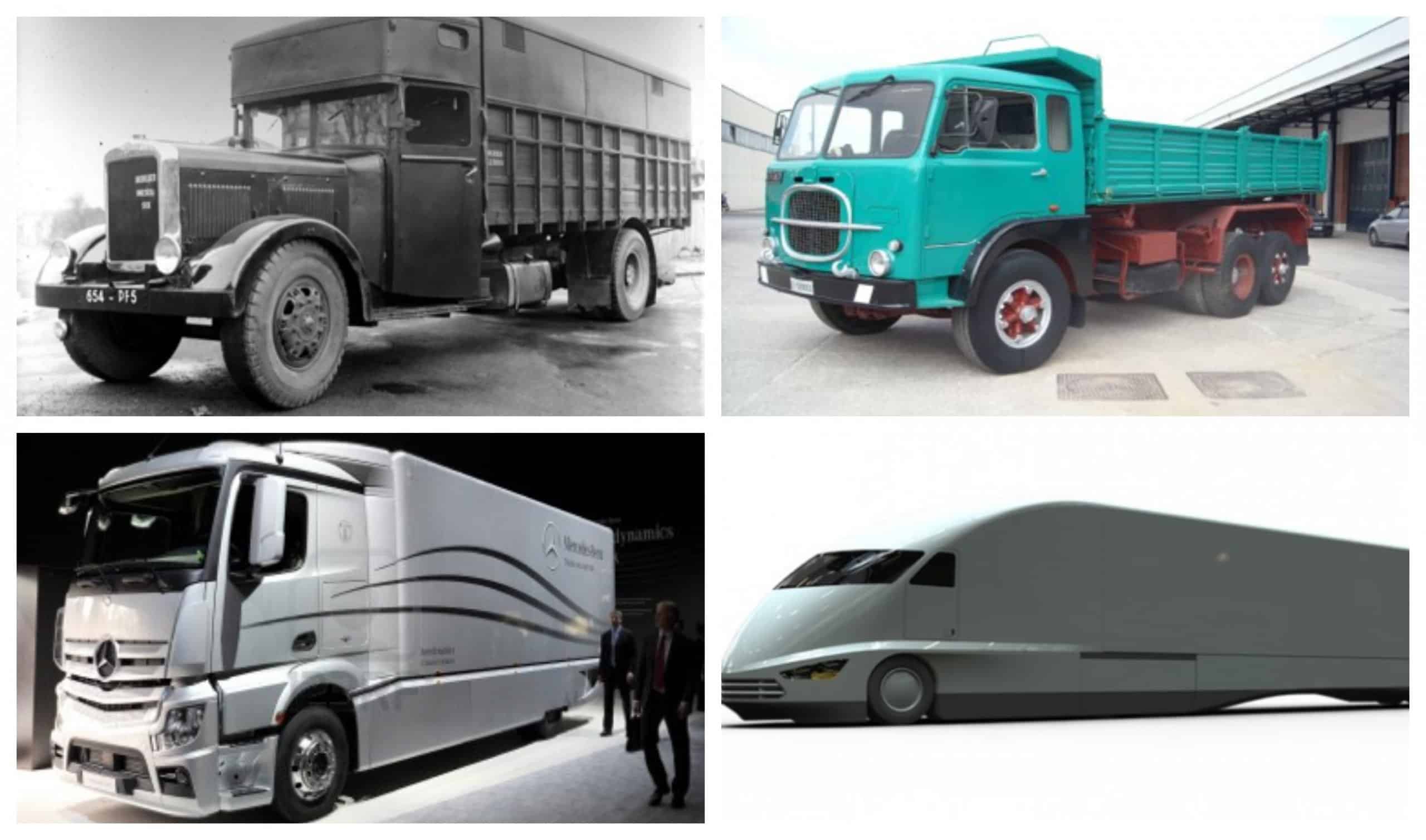
Berliet from the 1930s and Fiat 682 from the mid-1960s; further below a modern Mercedes and a prototype truck for future years.
5. Aerodynamic design: the project of trains.
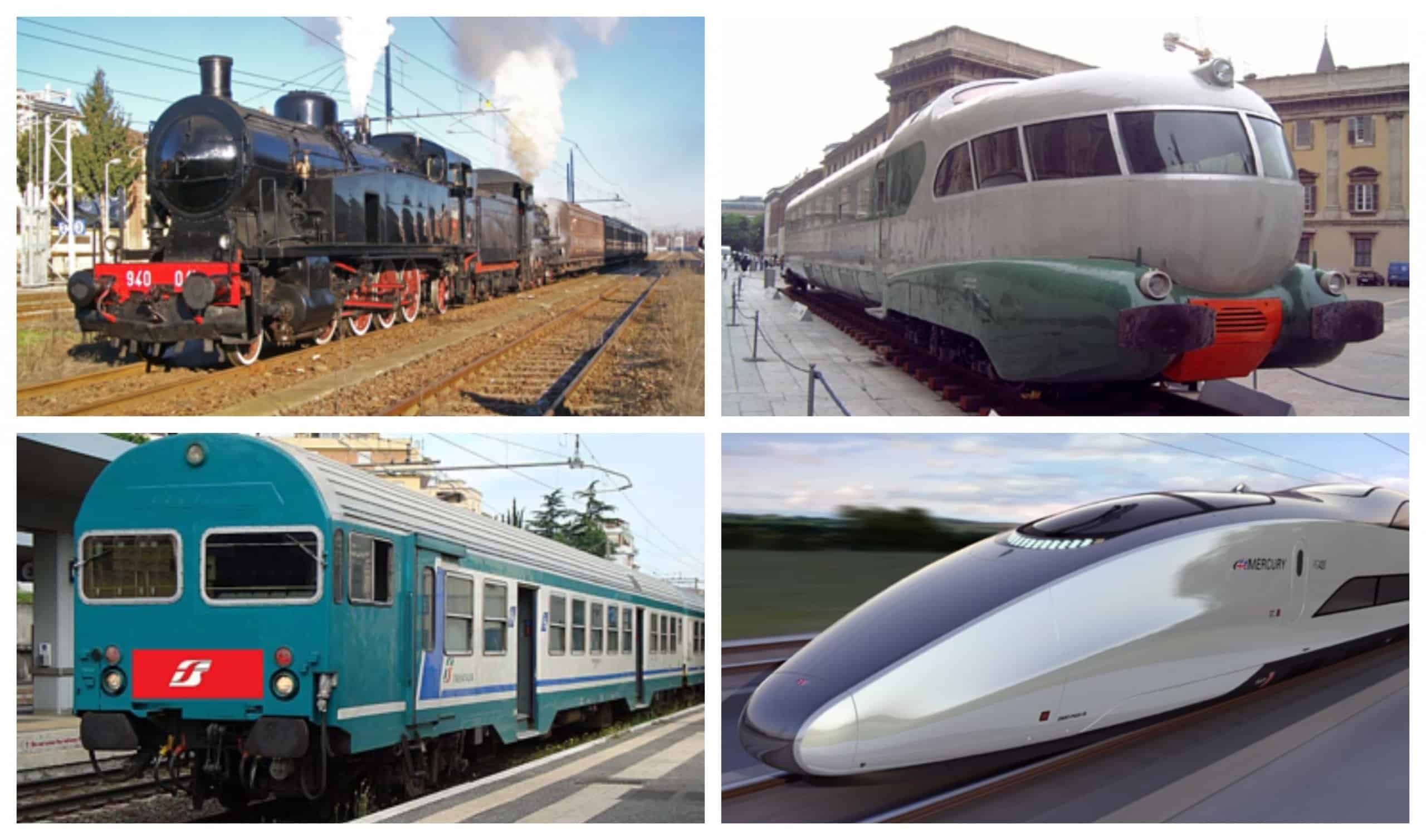
TOP: Steam train of the early twentieth century and the “very modern” Settebello from 1960. BOTTOM: Local train from the 1980s and new high-speed train.
6. Aerodynamics concept: the evolution of boats.
7. Aerodynaic design in airplane: the aerospace sector always in first line for innovation.
Did you enjoy our journey in the evolution of the trasportation systems? Follow us on our Facebook page!



